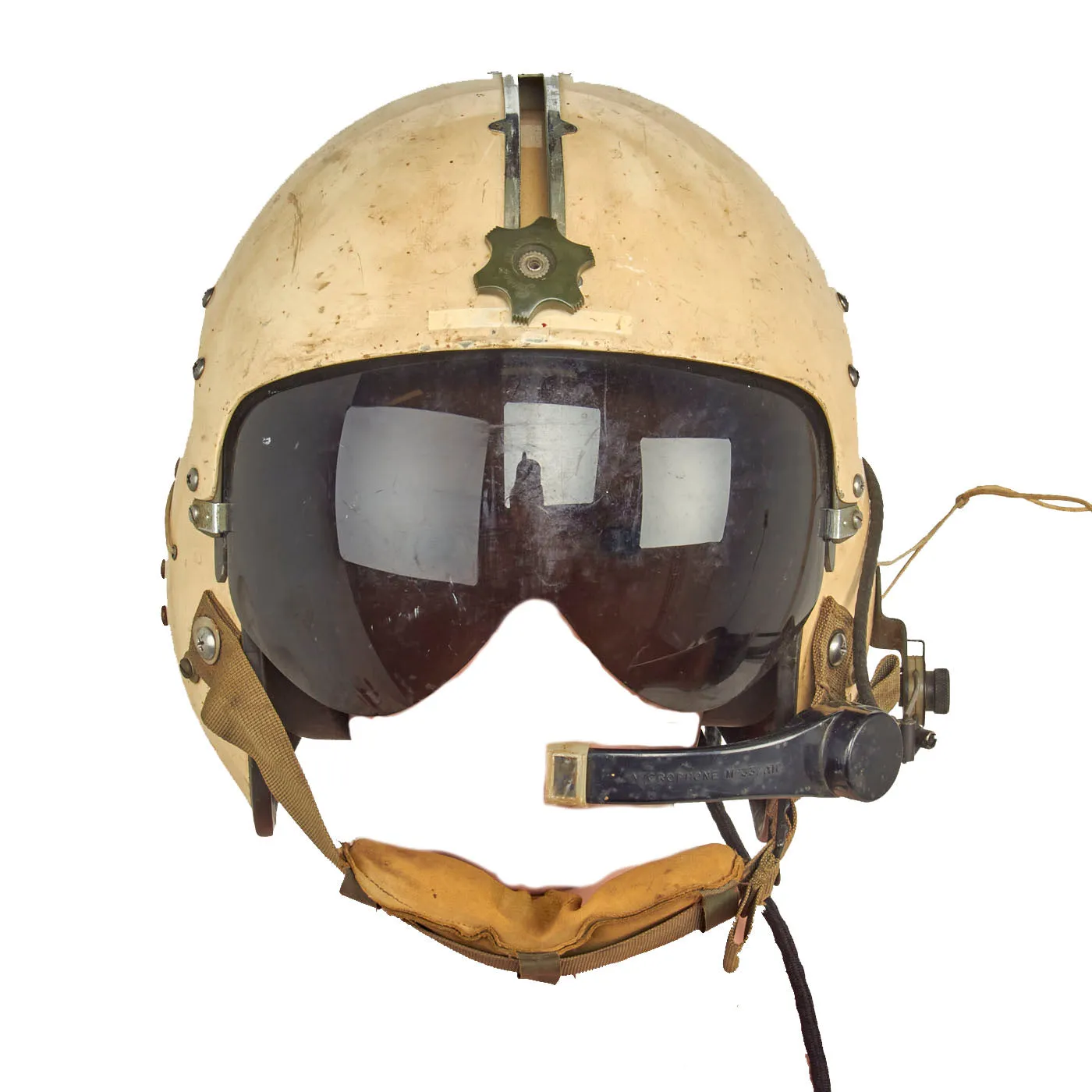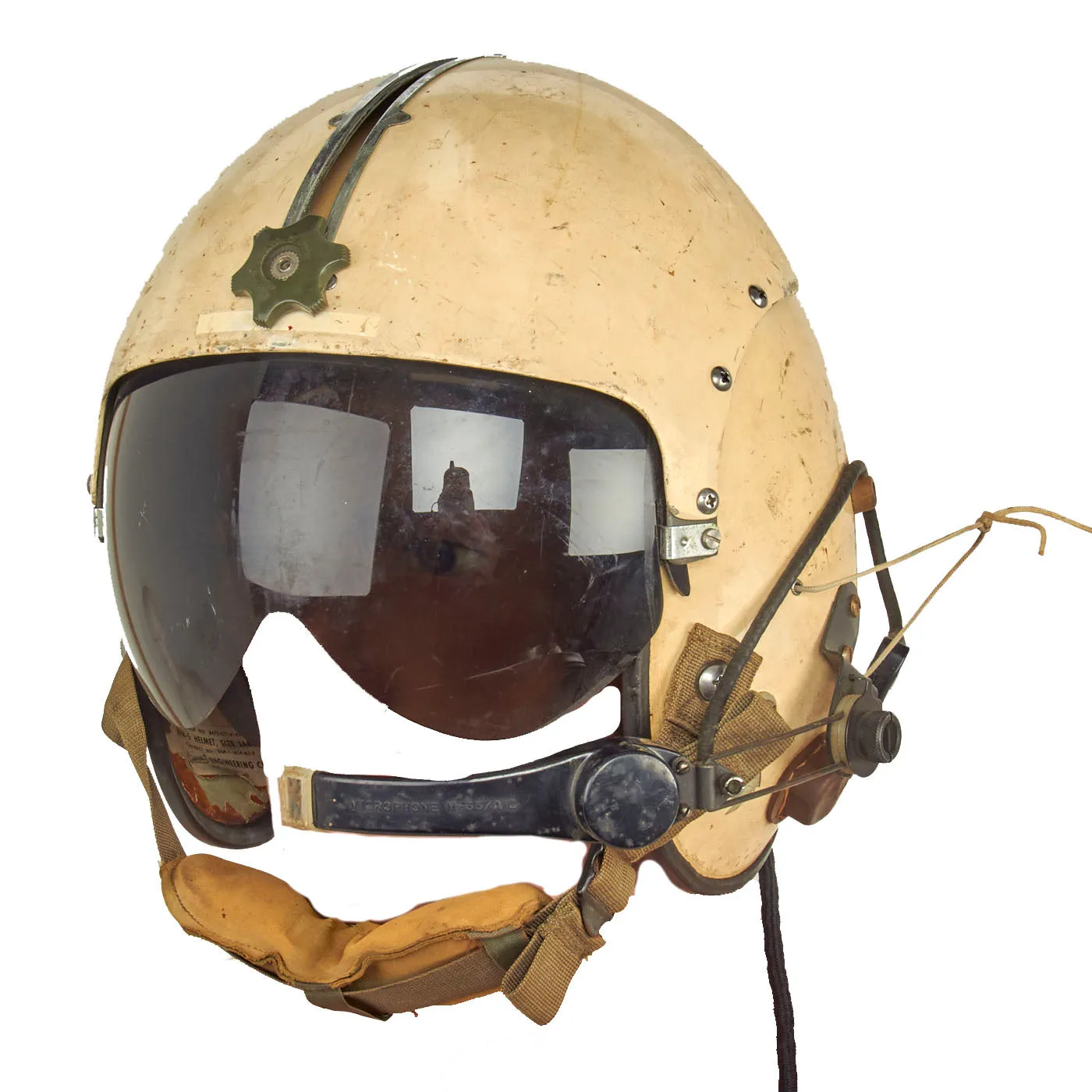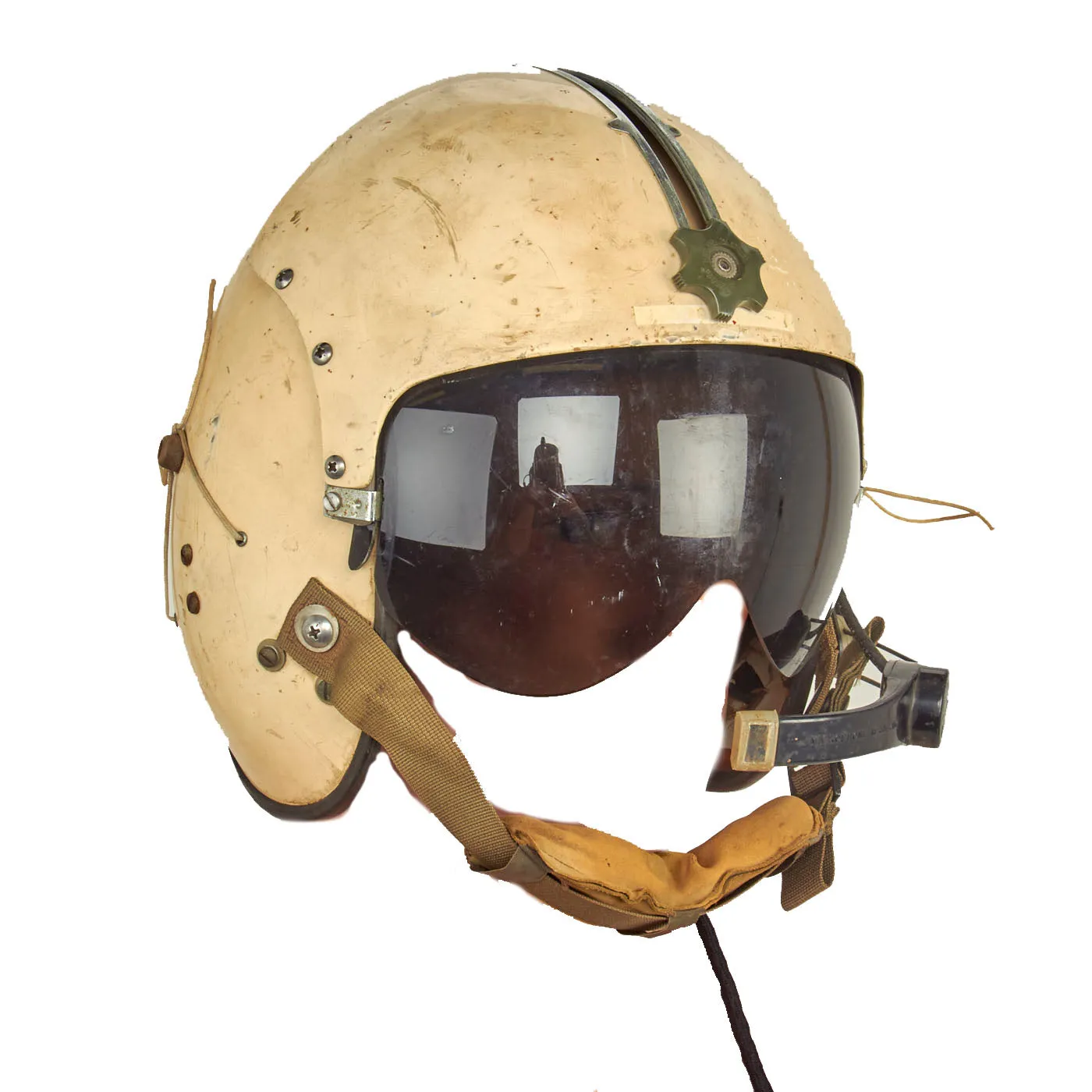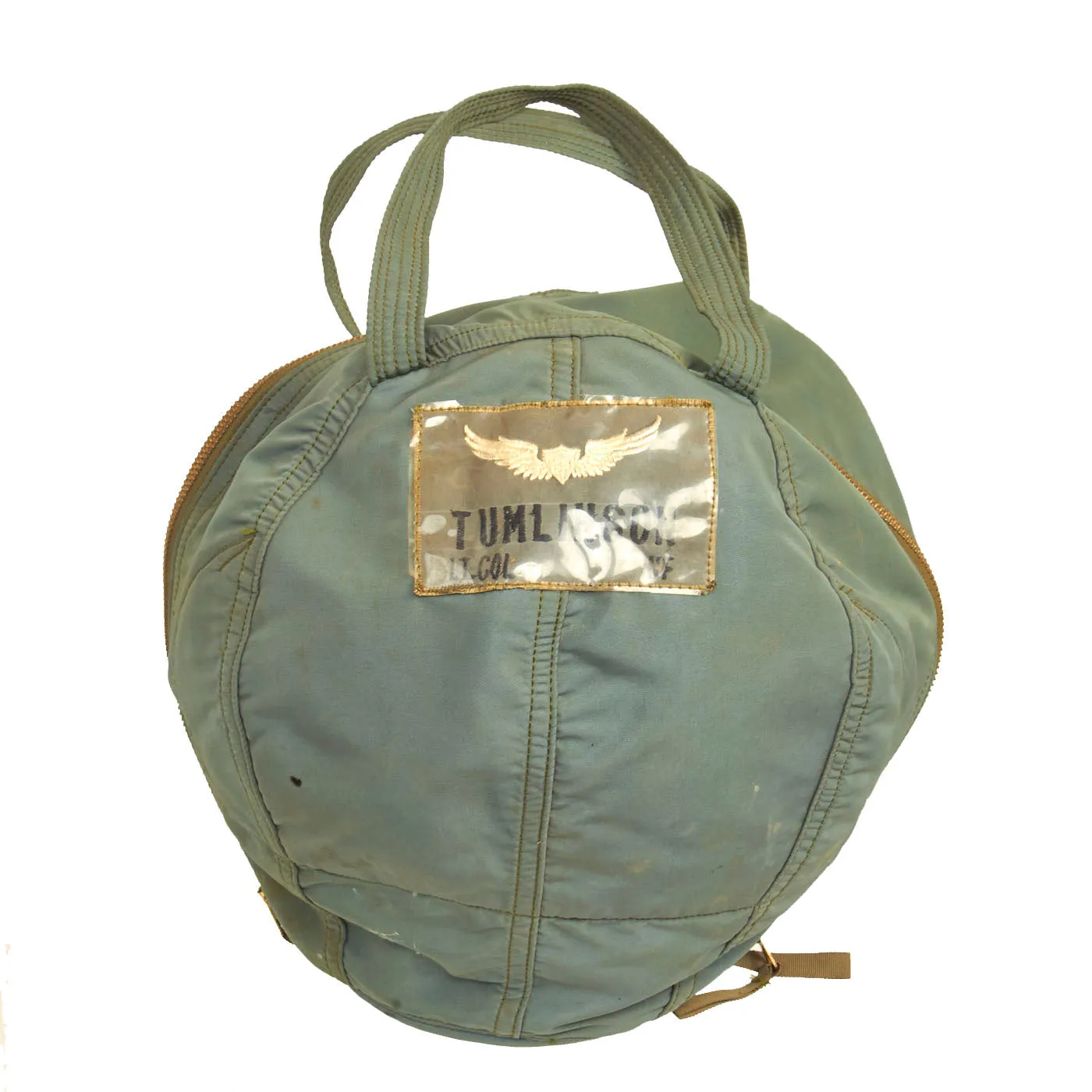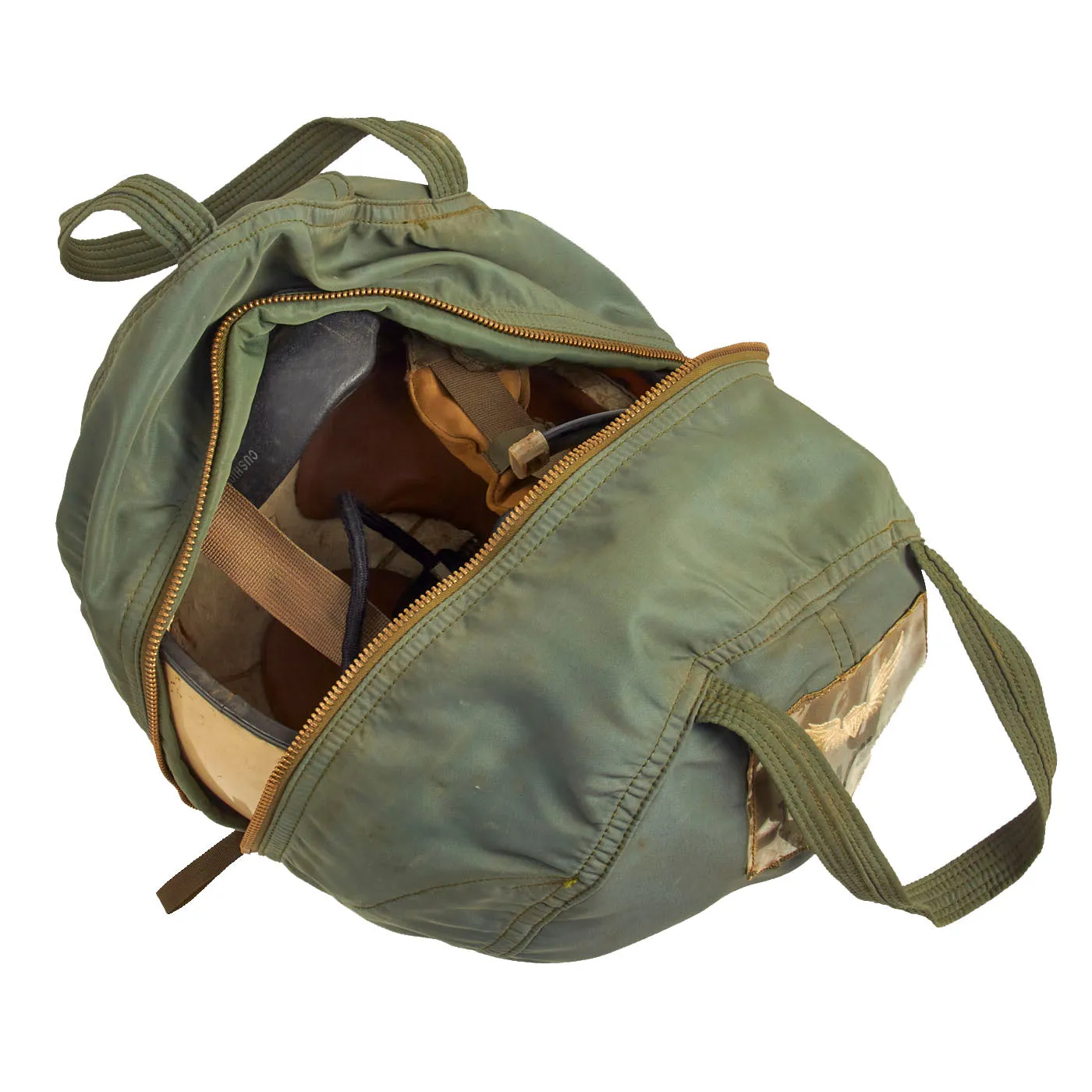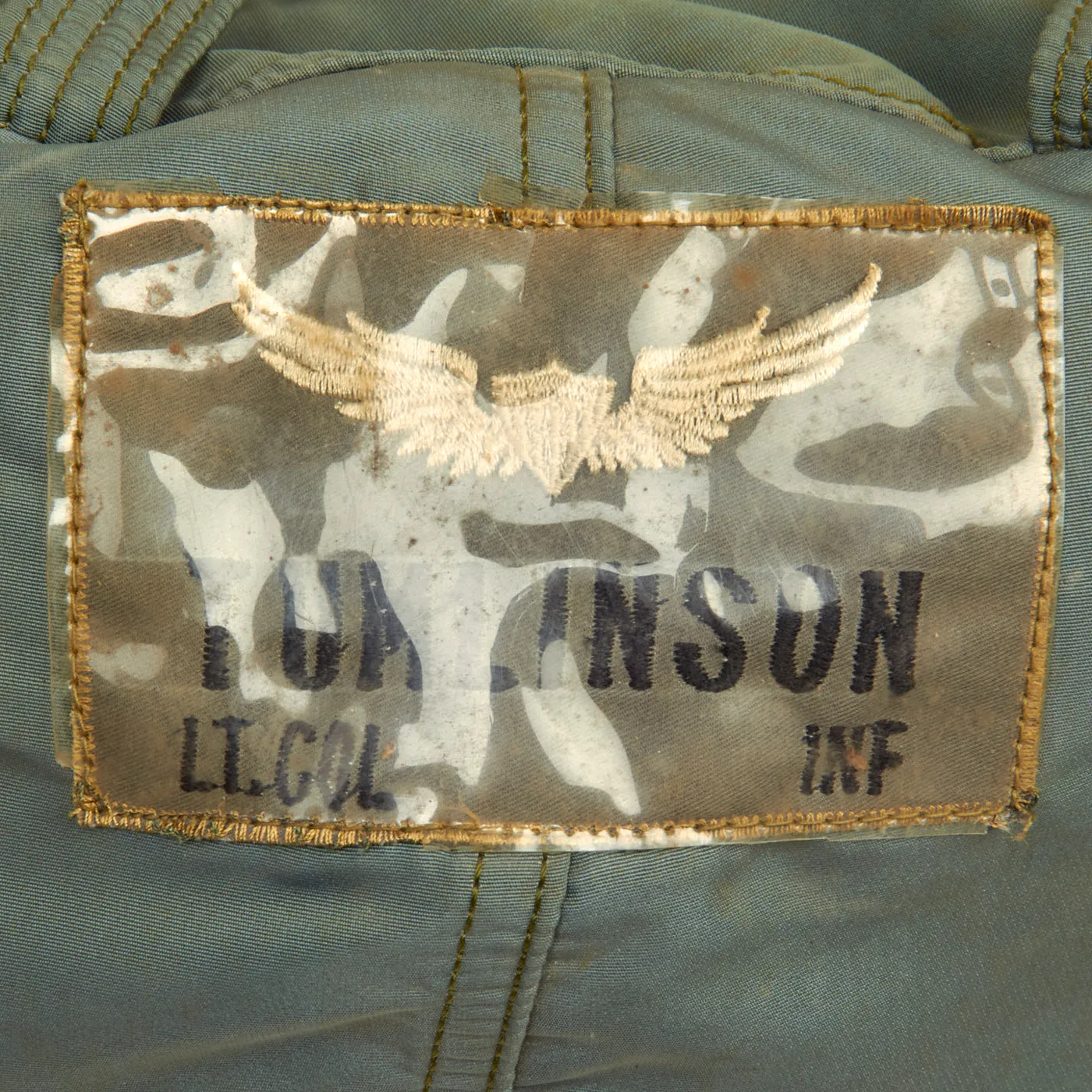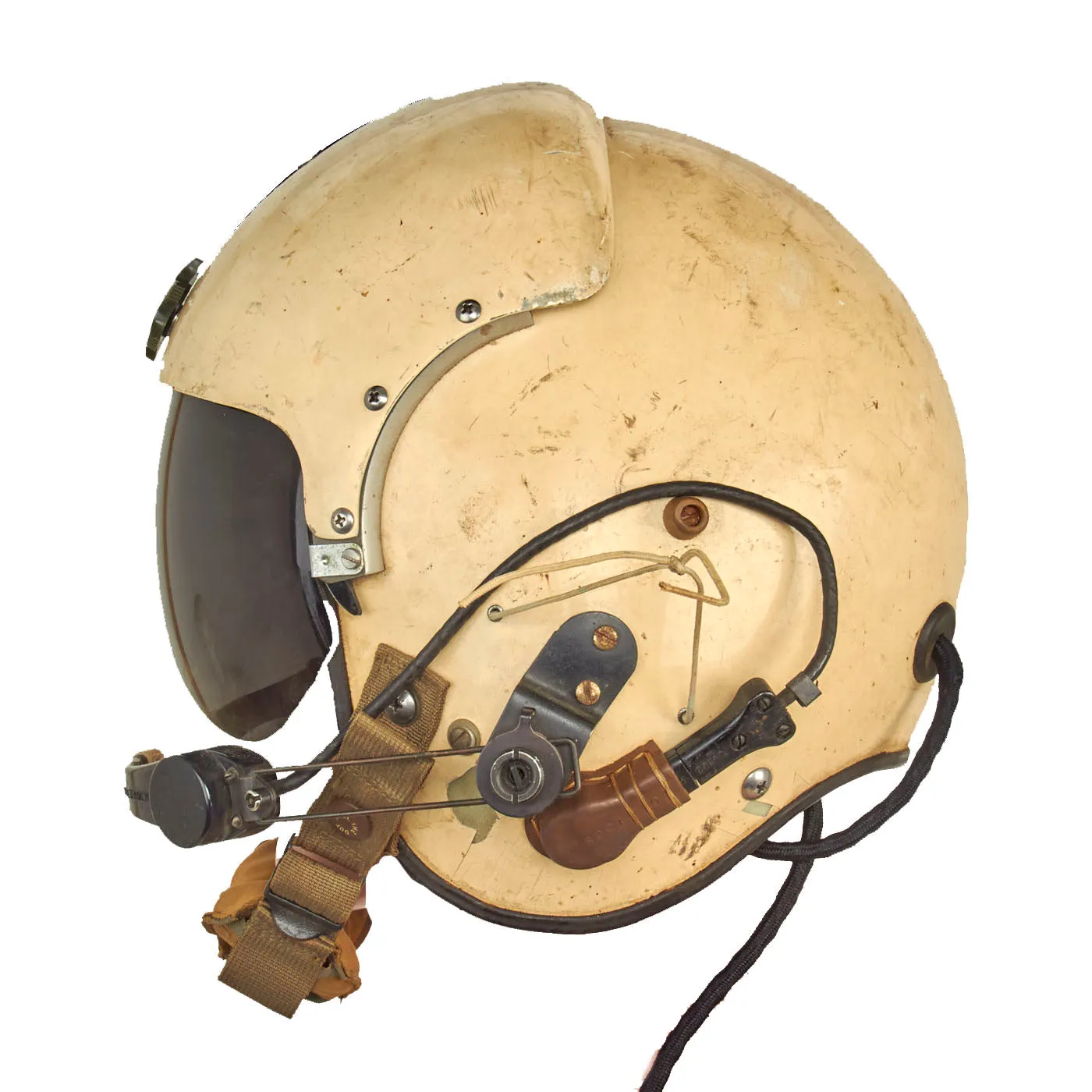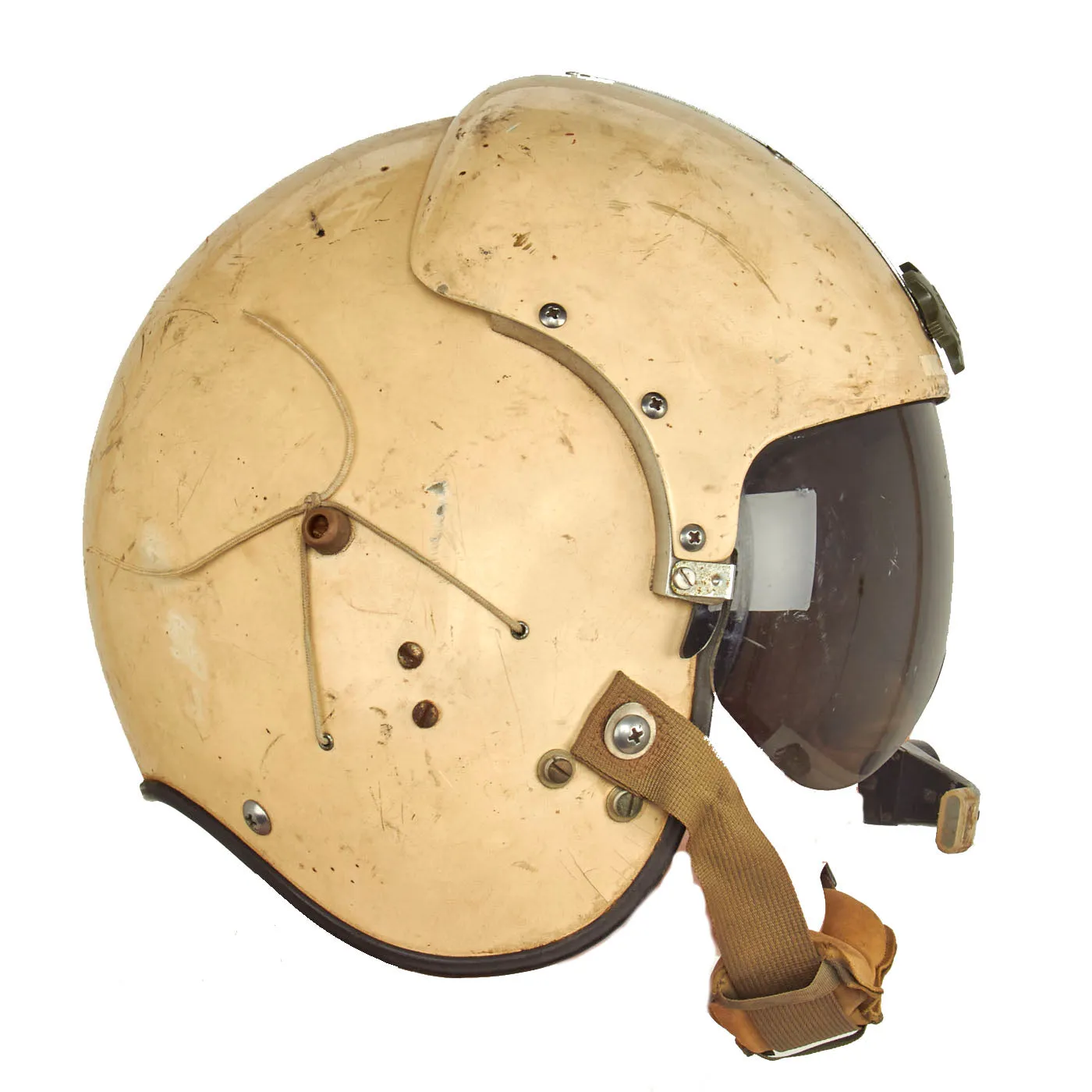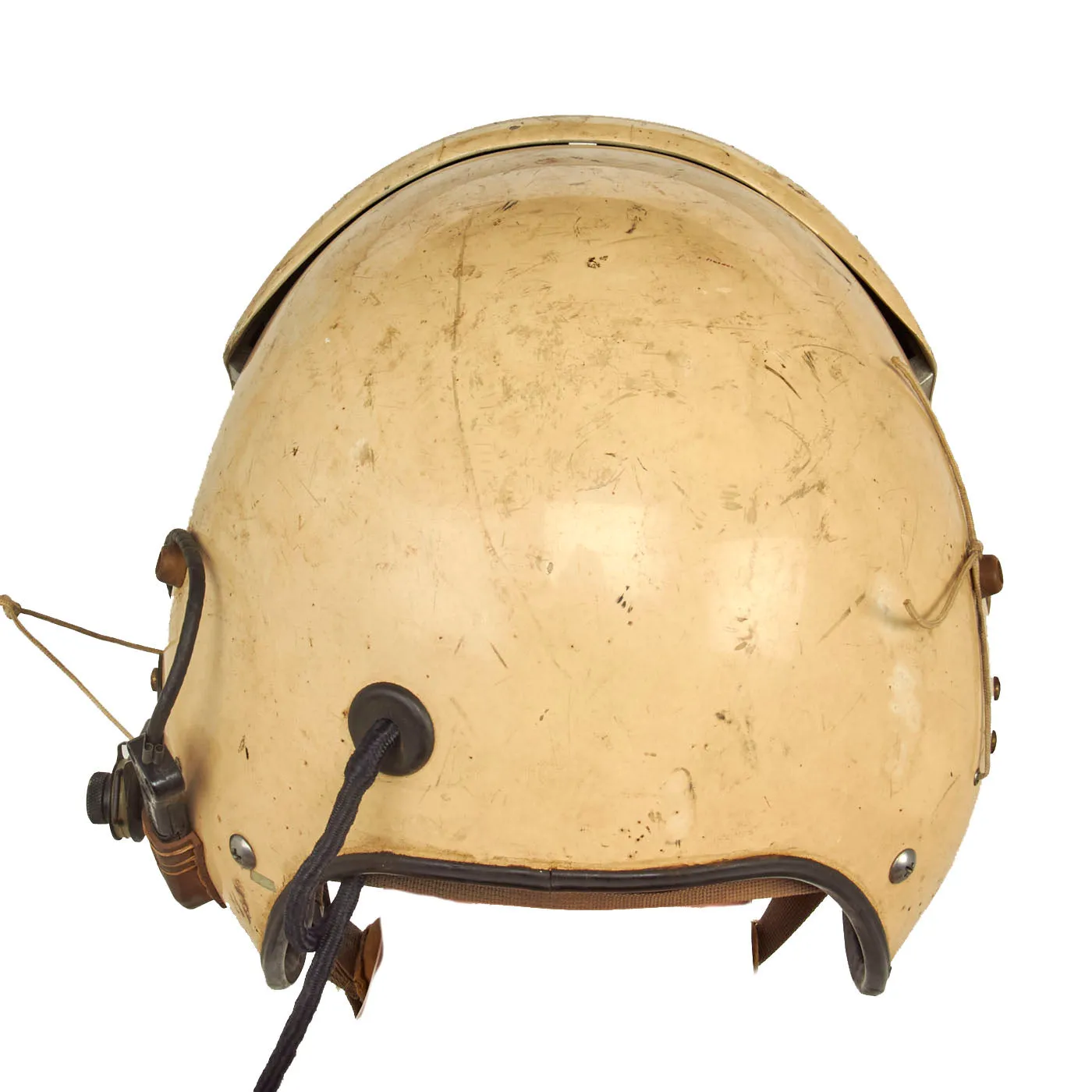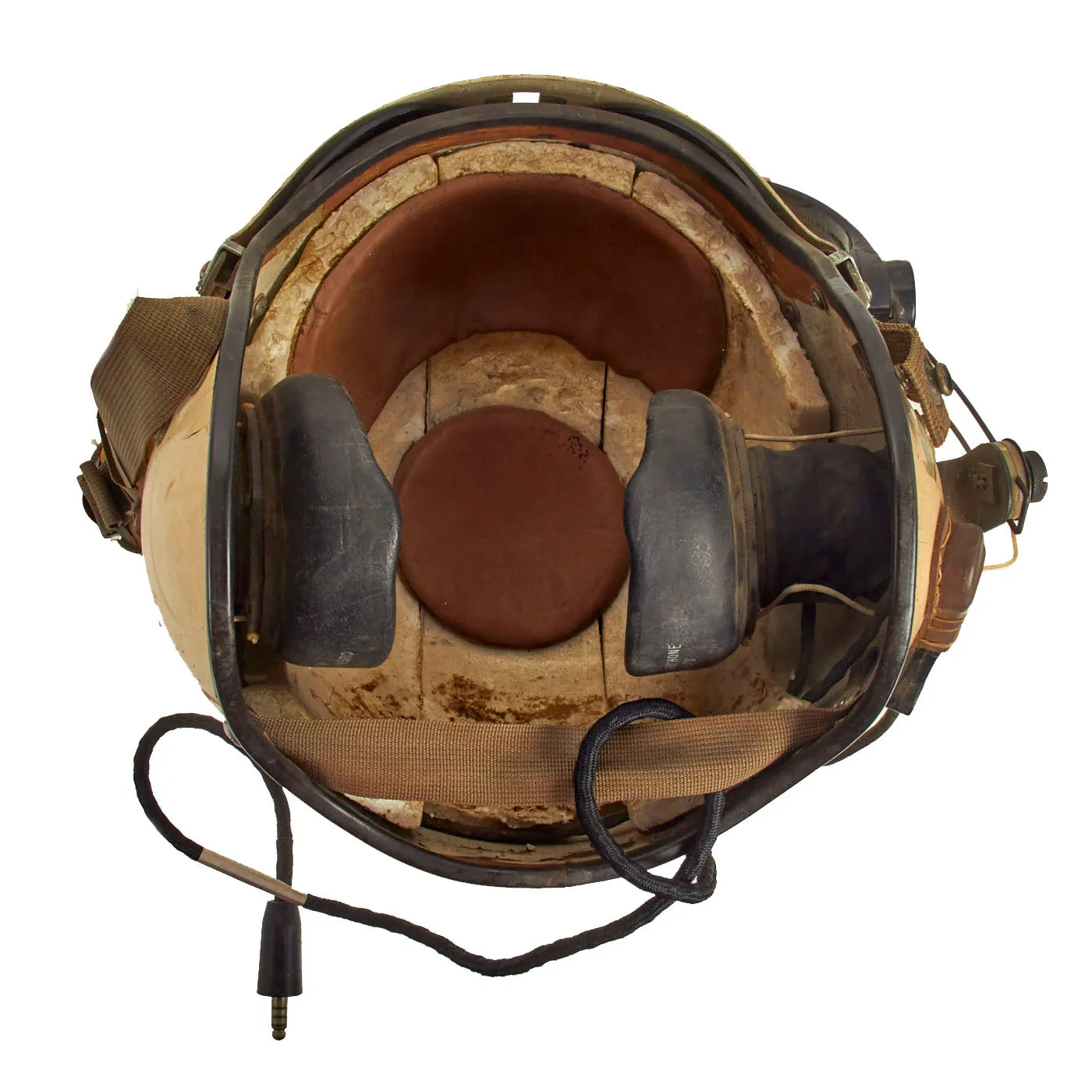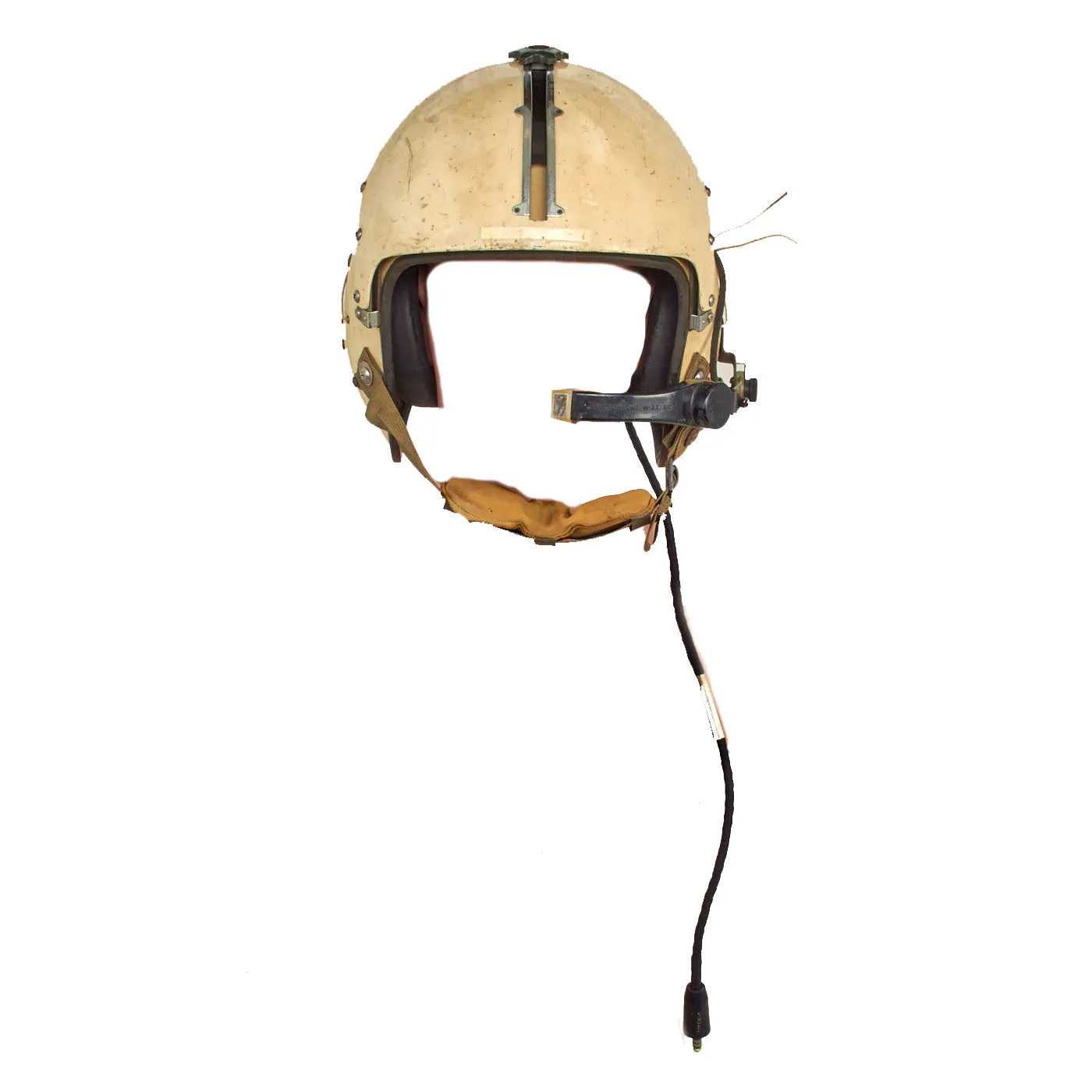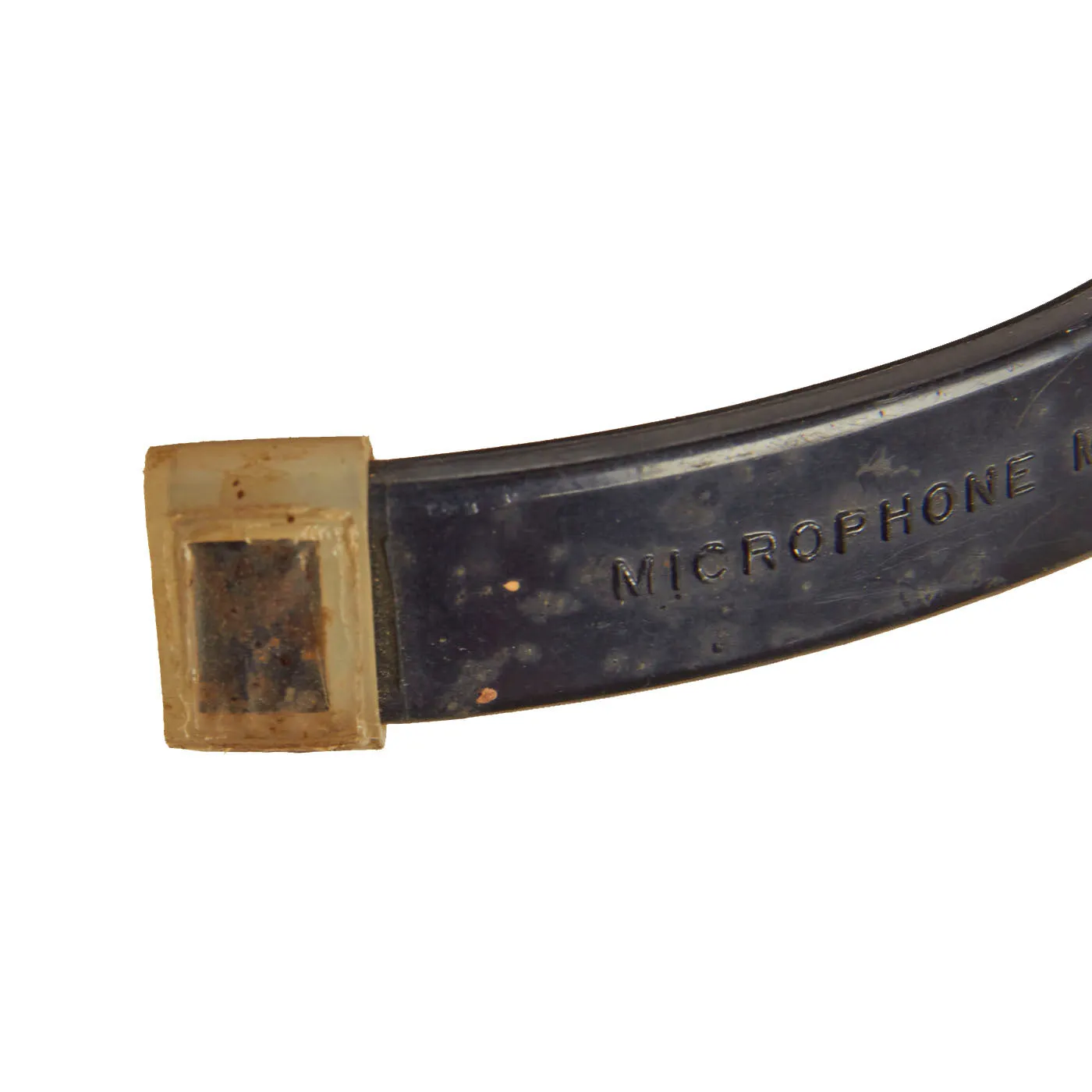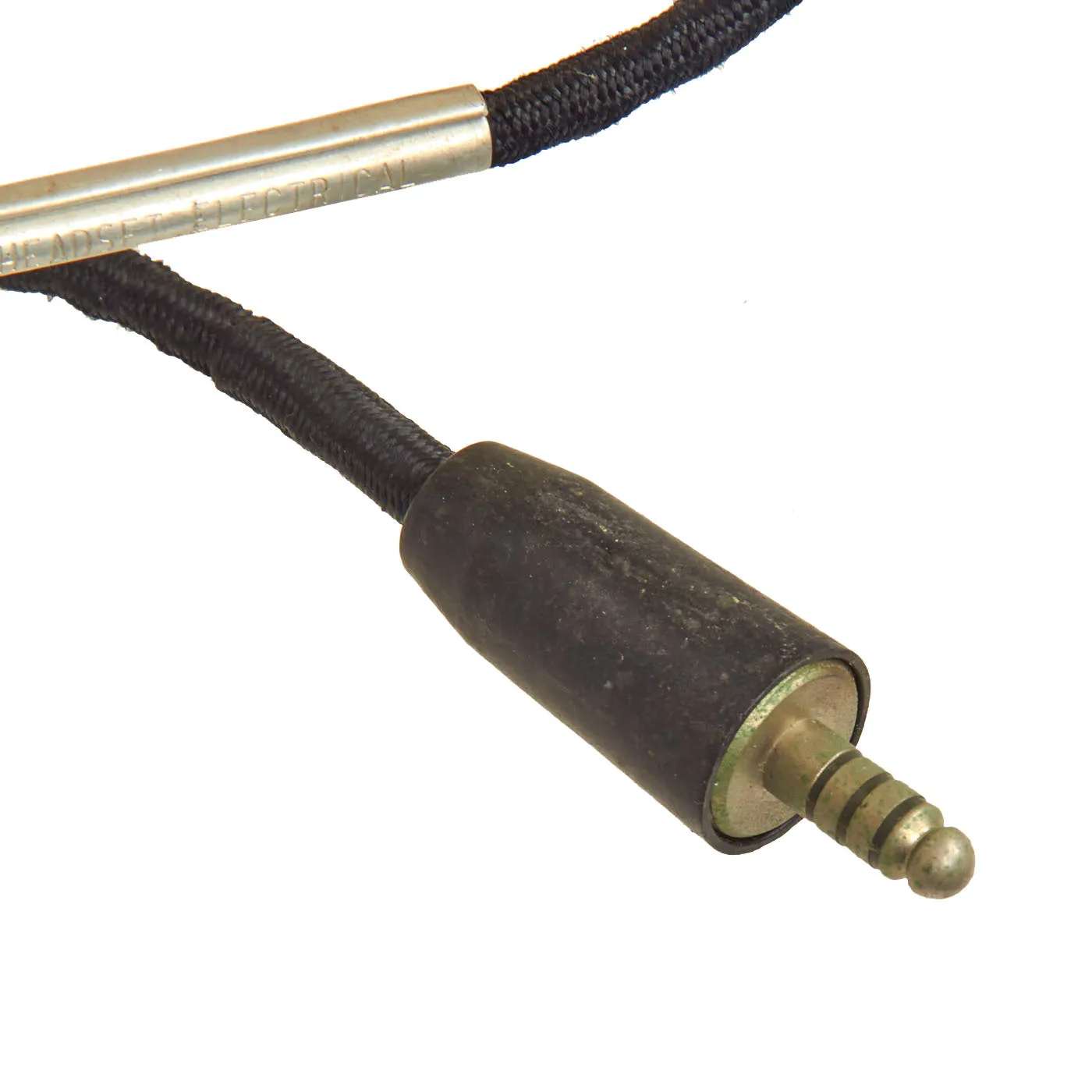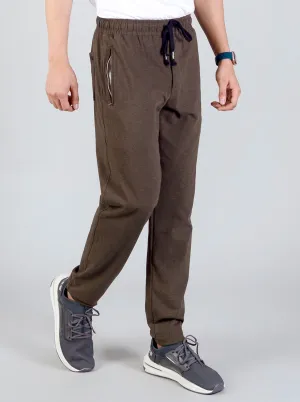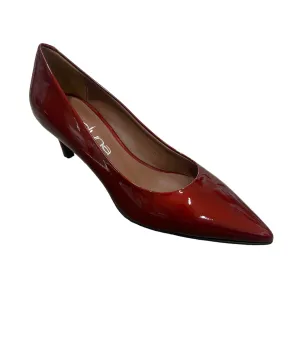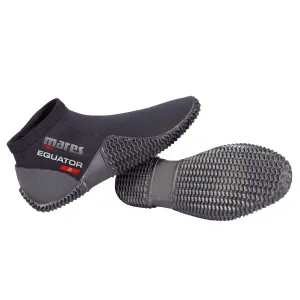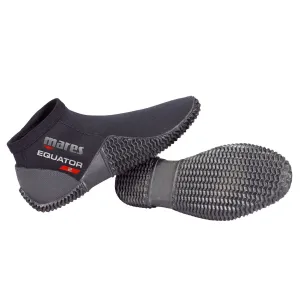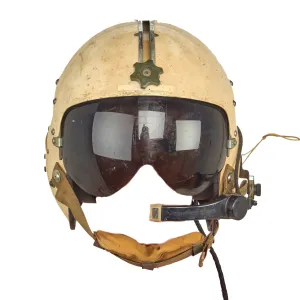 $
79.95
$
79.95
 $
61.50
$
61.50
ADD TO CART
BUY IT NOW
Original Item: Only One Available. This is a solid example of a Vietnam War APH-5 Flying Helmet, as used by all branches of service during the Vietnam War. This Helmet appears to have been very well used. Has a functional tint visor and Sierra bayonet attachments connectors for an oxygen mask. Size is a “LARGE” and overall condition good with manufacture by Sierra Engineering Co.
The helmet comes with the original “bowling ball” carry case which is named with an embroidered patch as TUMLINSON / LT.COL / 1NF.
Col. Tumlinson served in the Army for thirty-three years, beginning as a draftee in 1945 during WWII. He retired in 1978 as a Colonel assigned to the Officer Personnel Directorate, Department of the Army.
He received his officer’s commission late in WWII and was part of the occupation force in Germany, where he served as an infantry platoon leader in the 1st infantry. There he met and married Julia Craighill Tumlinson.
He later served a tour in Korea as an infantry platoon leader with the 3rd Infantry Division and as Aide de Camp to the Commanding General of the 3rd Infantry Division. Subsequently, he served as a company Commander in the 30th Infantry Regiment and the 327th Airborne Battle Group, 101st Airborne Division.
He returned to Korea in 1963 as Battalion Commander of the 7th Aviation Battalion, 9th Infantry Division. Upon graduation from the Air War College in 1967, his next assignment was as Deputy Director of the Plans Directorate, Office of the Deputy Chief of Staff for Logistics, Department of the Army.
In 1969, he deployed to Vietnam where he served first as Commanding Officer of the 164th Aviation Group (Combat), next to the Chief of Staff of the 1st Aviation Brigade and then as Deputy Aviation Officer, US Army Vietnam.
Following his tour in Vietnam, Col. Tumlinson was assigned to the Officer Personnel Directorate, Department of the Army, as Chief of Staff of the Aviation Warrant Officer Division.
In 1972, he was assigned as Executive Officer, Office of the Assistant Secretary of the Army (Research and Development) Department of the Army.
Following attendance at Harvard Advanced Management Program, Col. Tumlinson was assigned as Deputy Director for Distribution, Office Personnel Directorate, Department of the Army, in which capacity he served until he retired from active duty in March 1978.
Following his retirement, Col. Tumlinson graduated from the George Mason School of Law in 1982 after which he founded the Tumlinson Law Firm. He was admitted to practice before The Supreme Court of Virginia, The United States Courts of Appeals; Fourth Circuit, The United States District Court; Eastern District of Virginia, and The United States Bankruptcy Court; Eastern District of Virginia. He practiced general law until his retirement in 1999.
A very nice helmet with an equally attractive history. Comes more than ready for further research and display!
The APH-5
The APH-5 helmet was the result of more than two years studies conducted 1954-56 for a successor to the H-3 and H-4 series of helmets. VX-3 at NAS Atlantic City, the Aero Medical Branch of Service Test Division at NATC Patuxent River, Air Crew Equipment Laboratory, Naval Air Materiel Center, Philadelphia, and AirLant and AirPac Fleet units were among those who cooperated with the Airborne Equipment Division of BuAer in testing the gear. The studies and helmet development work concluded with the MSA-N2 design, an immediate predecessor of the APH-5, being manufactured in very
limited quantity. Another contract initiated work on an individually fitted (custom fit) helmets, designated the BBC and BBC-X2.
Production and entry into service
Initially, the APH-5 was designed without a visor, and the incorporation of a visor required a cover plate in order that the helmet shell itself would not be weakened by the visor guide slot. The final version was field tested for nearly a year by squadron pilots, during which time some 50 helmets had an average of 300 flight hours logged. From the comments and suggestions thus obtained, several modifications were made and the helmet was put into production. The distribution of the APH-5 helmets began in April 1956, the first
going to fleet squadrons as allocated by ComAirLant and ComAirPac. The first two contracts (2500 under first contract, 2500 under second contract for 7500) had been delivered by February 1957 allowing the helmet to become standard equipment in all fighter and attack squadrons as originally intended. As the years passed and more helmet became available they were issued to flying personnel from other squadrons as well.
Shortcomings
The APH-5 design was ground-breaking and set the standards for the vast majority of US flight helmets until the advent of the HGU-55 in the early 1980s. It did however suffer from a number of shortcomings, some more serious than others. From the beginning the APH-5 was suffering from heat built-up. The close fitting sponge rubber lining produced more heat than the old cross-strap webbing of the H-3 and H-4. An associated problem was that the sponge rubber collected perspiration in an unsatisfactory manner. Improved, leather-covered liner pads were therefore introduced. Another frequent complaint about the early helmets was that the visor lock button have been received -the binding problem was solved in later models by the use of a template for aligning the track before riveting, and by burnishing the visor track to reduce friction. The first 1500 helmets manufactured had a plastic female communications plug on the left side of the helmet. It turned out that it was poorly placed and subject to frequent breakage so later models had a lead-in extending from beneath the edge of the helmet.
Poor Helmet Retention
Poor helmet retention was the APH-5's most serious problem by far. In a time period of 12 months in 1958-59 there was a total of 52 cases of APH-5 loss during aircraft accidents in the US Navy. Of these 52 cases, 50 percent were fatal while an additional 23 percent had head injuries. Comparable figures for 1963 show 23 cases of APH-5 loss, with 48 percent fatal injuries and 26 percent non-fatal head injury. Retention in the APH-5 was accomplished by a nylon chin strap, nylon nape strap, three sizing pads of leather covered foam rubber situated in the front, top and rear, and by ear pads of foam rubber attached to polystyrene earcups.
The foam rubber composition of the sizing pads permitted very small loads to compress the pads completely. In case of compression of the front sizing pad, the nape strap lost contact with the head and became completely useless. In case of compression of the top pad the slack created in the chin strap made it ineffective.
Both the chin strap attached to the outside of the helmet and the napestrap had very limited skin contact and therefore very little retention capability, even before sizing pad compression, even if the straps were tightened to the point of intolerance for prolonged wear.
The earcups were attached with a screw through the helmet shell, but the screw was only fixed to the polystyrene earcup by a small fixture embedded in the foam. Even a small impact would fracture the polystyrene earpad; and when this occurred, most of the retention capability of the helmet was destroyed. Even if the polystyrene material remained intact, the soft foam rubber earpads were compressed very easily, impairing the retention capability.
ComfortThe APH-5 helmet was heavy and therefore uncomfortable to wear for longer periods. It weighed 4 pounds with Hardman receivers but without oxygen mask. In comparison an APH-6 helmet weihed only 3 punds 13 ounces. Some of the factors affecting the weight were the heavy rubber edge beading, large earphones, and fibreglass visor housing. Other factors adversely affecting comfort were problems with heat retention (even with the newer fitting pads), abrasive chin and nape straps, and difficult fitting due to only two helmet sizes available.
Oxygen Mask Attachment
The APH-5 went through several upgrades in order to improve oxygen mask retention. Originally the helmet was issued with leather oxygen mask tabs with two male studs on each, and the A-13A oxygen mask was attached using a Y-shaped metal yoke with webbing straps. It quickly proved to be inadequate so the Hardman retention system, or "Christmas tree" oxygen clip, were evaluated in 1957 and approved for use. The oxygen mask clip could be quickly inserted in a slot receptacle on either side of the helmet for a comfortable fit and a quick disconnection. Another step was taken when the Navy adopted the self-aligning Sierra type 345-30 oxygen mask receivers by 1961. The system retained the Hardman hardshell but introduced a new type of T-shaped bayonets, easier to insert and release.
Despite all the problems and shortcomings mentioned above, the APH-5 was used extensively throughout the 1960s even if its successor, the APH-6, was fielded around 1961. The APH-5 was modified with new fitting pads, new oxygen mask attachment systems, the chin strap was moved inside the helmet shell, and both chin and nape straps were fitted with cotton covered urethane pads for improved comfort. Some APH-5s were even modified with APH-6 type headsets with the well-known external disc.
